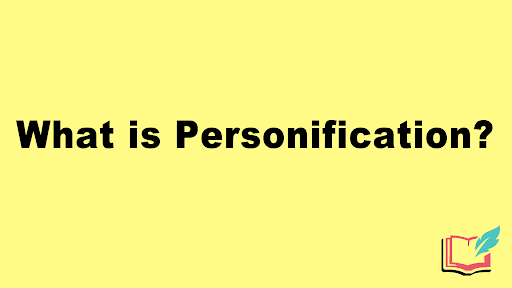
Personification is a literary device that attributes human characteristics and qualities to inanimate objects, animals, or abstract concepts. By bringing these elements to life, writers can create vivid imagery and evoke emotional responses from readers. This guide explores the concept of personification, its uses in literature, and tips for effectively incorporating it into your writing.
Understanding Personification

Definition
- Personification: A figure of speech in which human traits, emotions, or intentions are attributed to non-human entities.
Purpose
- Enhancing Imagery: Personification helps create more relatable and vivid descriptions, allowing readers to visualize and connect with the subject.
- Evoking Emotion: By giving human traits to inanimate objects, writers can evoke empathy and emotional responses, deepening the reader’s engagement with the text.
Examples of Personification
1. Nature
- “The wind whispered through the trees.”
- Here, the wind is given the human ability to whisper, creating a serene and intimate atmosphere.
2. Objects
- “The old clock groaned as it ticked away the hours.”
- The clock is described as groaning, suggesting weariness and adding a sense of character to the object.
3. Abstract Concepts
- “Time marches on, indifferent to our pleas.”
- Time is portrayed as a marching entity, emphasizing its relentless and unyielding nature.
Uses of Personification in Literature
1. Poetry
- Imagery and Emotion: Poets often use personification to create strong imagery and convey complex emotions, making abstract feelings more tangible.
2. Prose
- Character Development: In novels and short stories, personification can enhance the setting or objects, making them integral to the narrative and character development.
3. Children’s Literature
- Engagement: Personification is commonly used in children’s books to make stories more engaging and relatable, helping young readers connect with the narrative.
Tips for Effective Use of Personification
1. Choose Relatable Traits
- Human Qualities: Select traits that resonate with readers, such as emotions (joy, sadness) or actions (whispering, dancing), to create a connection.
2. Consider Context
- Appropriateness: Ensure that the personification fits the context of the piece. It should enhance the overall theme and tone rather than distract from it.
3. Use Sparingly
- Balance: While personification can be powerful, overusing it may dilute its effect. Use it strategically to highlight key moments or themes.
4. Experiment with Different Objects
- Variety: Try personifying a range of objects or concepts, from everyday items to abstract ideas, to explore different emotional resonances.
Conclusion
Personification is a powerful literary device that breathes life into inanimate objects and abstract concepts, enriching language and enhancing reader engagement. By attributing human traits to the non-human, writers can create vivid imagery, evoke emotions, and deepen the connection between the reader and the narrative.
Whether in poetry, prose, or children’s literature, mastering the art of personification can elevate your writing and create memorable experiences for your audience. Embrace this technique to transform ordinary descriptions into extraordinary expressions of creativity.
Related Posts
 Physical Education: Learning Health, Fitness, and Sports in Campus Like Never Before
Physical Education: Learning Health, Fitness, and Sports in Campus Like Never Before
 Pendidikan Sastra dan Rekonstruksi Nalar Literasi
Pendidikan Sastra dan Rekonstruksi Nalar Literasi
 Kepemimpinan Inklusif: Panduan Lengkap Pemimpin Modern
Kepemimpinan Inklusif: Panduan Lengkap Pemimpin Modern
 Fasilitas Kampus: Fondasi Penting dalam Pengalaman Belajar Mahasiswa Modern
Fasilitas Kampus: Fondasi Penting dalam Pengalaman Belajar Mahasiswa Modern



